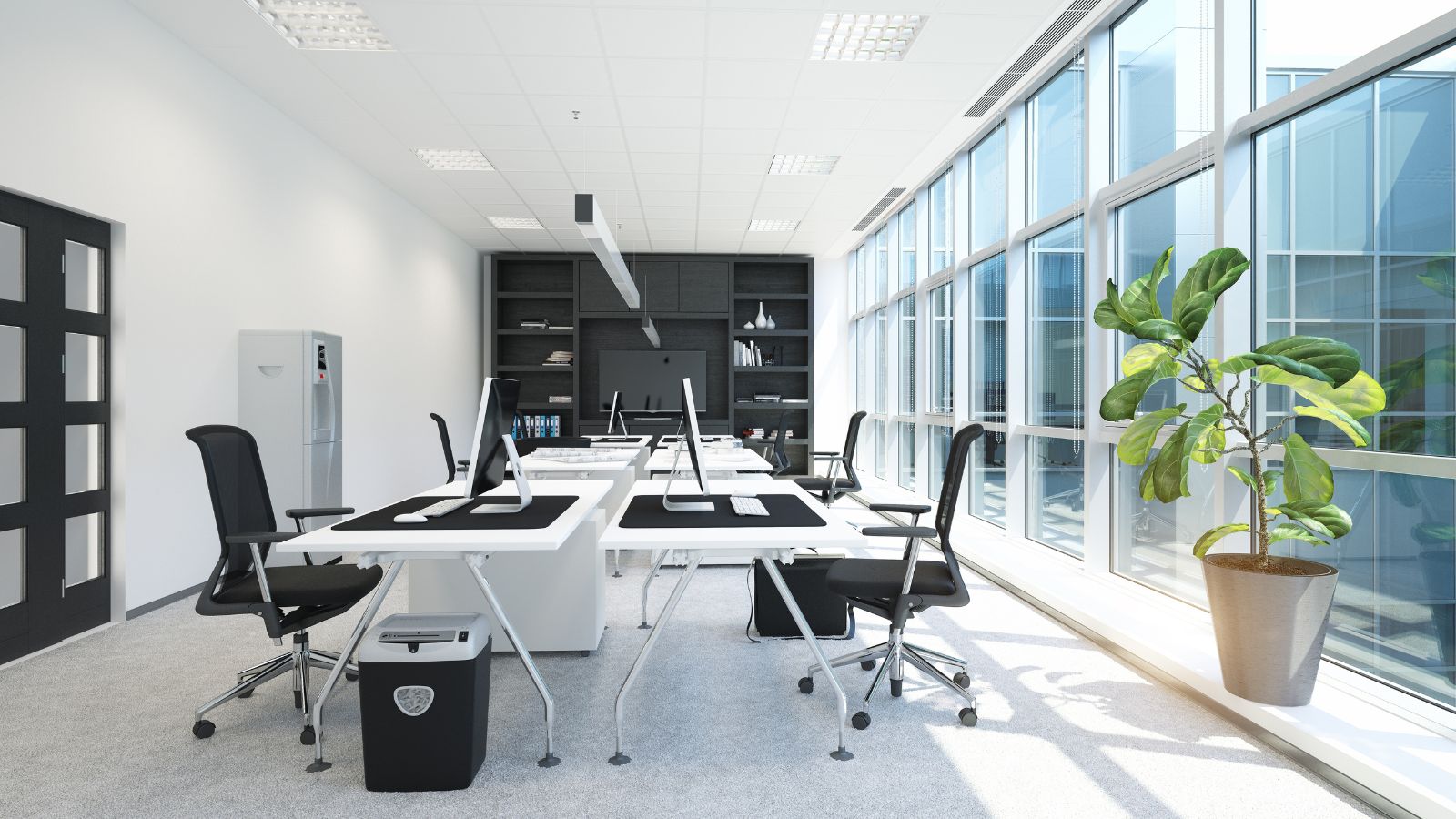
There’s something quietly revolutionary happening in offices, not in flashy keynote product launches or the race for who has the best coffee machine, but in the way desks move.
Walk into any modern workspace, and you’ll probably notice a subtle shift from fixed, rigid furniture to fluid, responsive setups. And behind this shift? A rather humble piece of tech: the lifting column.
Not exactly headline-grabbing, right? But these motors and adjustable column units are the unsung heroes of office transformation. Especially for growing teams, startups, and hybrid work environments, adjustable office tech is no longer a luxury, it’s the way for more productivity and comfort.
Let’s dig into how this technology is reshaping the way we think about workspaces.
Startups don’t stand still. One day you’re sketching wireframes on a café napkin, the next you’re hiring your fifth employee and wondering where to put their desk.
This constant evolution means your environment has to flex as fast as your roadmap. Static office furniture is a bottleneck. It assumes people stay in one place, perform one task, and never grow in number or scope. But modern teams? They iterate. They scale. They need to reconfigure their space just like they refactor code.
That’s where adjustable office tech comes in. Lifting columns are compact, powerful mechanisms tucked inside table legs or wall panels that allow desks, meeting stations, and even collaborative whiteboards to change height with the push of a button. Sit-to-stand desks are just the tip of the iceberg.
The Power Inside the Desk
So, what’s actually doing the heavy lifting? Quite literally: the desk column motor.
This small but mighty component sits inside an adjustable column and powers the smooth, silent motion you feel when your desk glides from sitting to standing. It has to be reliable, quiet , nobody wants a noisy workspace, and strong enough to handle heavy monitors, tech gear, and sometimes even entire workstations.
In the past, adjustable furniture was bulky and slow. Now, desk column motors are sleek, energy-efficient, and smart, some even sync with apps to track posture and movement.
This matters more than you might think. Because in today’s workspace, performance and comfort go hand-in-hand. If your tech makes the user feel in control, they’ll use it. If not? It’s just another fancy gimmick gathering dust.
The Real Benefits: Not Just a Nice-to-Have
Sure, standing desks look cool. But lifting columns aren’t just about aesthetics or occasional movement. They bring real, measurable benefits to the workplace:
- Employee well-being improves: Alternating between sitting and standing reduces fatigue, boosts energy, and lowers the risk of long-term health issues.
- Space becomes multifunctional: One area can switch from a desk cluster to a team huddle zone in minutes.
- Productivity jumps: When people can tweak their setup to fit their mood, task, or comfort level, they work better.
- Tech and furniture evolve together: Columns integrate with other adjustable office tech—think smart lighting, screens, even air quality sensors.
For startups and fast-growing teams, this flexibility means you’re not locked into one layout or furniture setup. You can reconfigure as roles shift, projects change, or teams expand.
Practical Wins for Growing Teams
Imagine a startup office setup where nothing is nailed down, not in chaos, but in design. You start with five desks and two standing stations. Next month, you add a creative team that prefers whiteboard walls and brainstorming zones. The month after, your developers request more monitors and dual-height desks.
With adjustable columns, that’s not a nightmare, it’s just Monday. You don’t need to throw out old desks or buy new ones every quarter. You just adjust. Swap legs. Change heights. Slide things around. That’s the beauty of modular design built around lifting columns: the base stays the same, while the function evolves.
This is especially powerful in hot-desking or hybrid setups. If four people use the same station throughout the week, why should it cater to just one person’s height or posture needs? Adjustable desks mean everyone can work comfortably without compromise.
When Form Follows Function
Let’s talk about aesthetics for a moment. You might assume adjustable furniture looks clunky. Not anymore. Today’s adjustable columns come in minimal designs, clean finishes, and compact formats that blend into modern office aesthetics. Whether you’re into Scandinavian simplicity or tech-startup industrial, there’s a solution that doesn’t scream “mechanical.”
Even better, some systems are now built for invisibility. Motors are whisper-quiet, controls are tucked under the desk, and everything syncs through an app. The only thing your team notices is how good it feels to move, shift, and find their own flow.
A Quick Checklist: Signs You Need Adjustable Columns
If you’re not sure whether lifting columns are worth the upgrade, ask yourself:
- Has your team grown or shifted roles in the last 6 months?
- Do you have a hybrid or flexible work model?
- Are your employees sitting for long stretches?
- Do you reconfigure your office layout more than twice a year?
If you said “yes” to two or more, your office is ready to evolve. And adjustable furniture is the smartest way to future-proof it.
Productivity doesn’t just come from great software or killer ideas. It comes from physical environments that support the people behind them. From that first prototype on paper to scaling a full team, your office setup is either slowing you down or speeding you up.
Lifting columns and the broader world of adjustable office tech offer a smarter, more human way to work. It’s not just about desks that move. It’s about building workspaces that move with you.
So whether you’re designing a startup office setup from scratch or upgrading an existing one for a team that’s hitting its stride — remember: your desk’s ability to change might be the one thing that keeps everything else moving forward.





